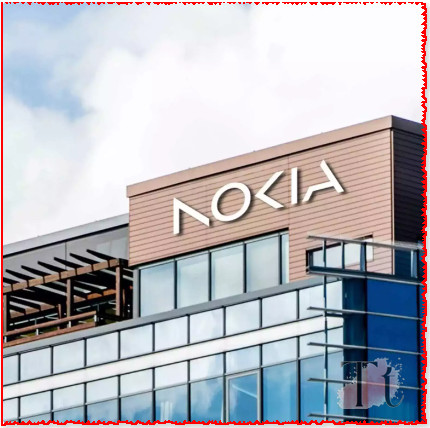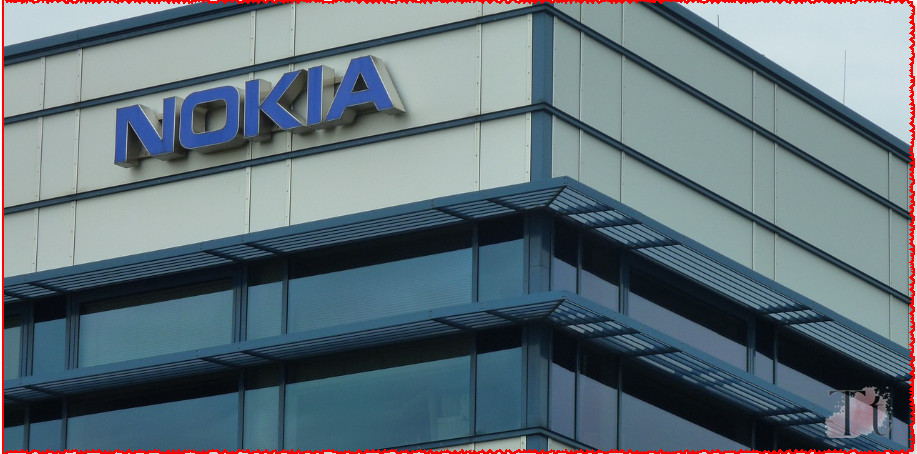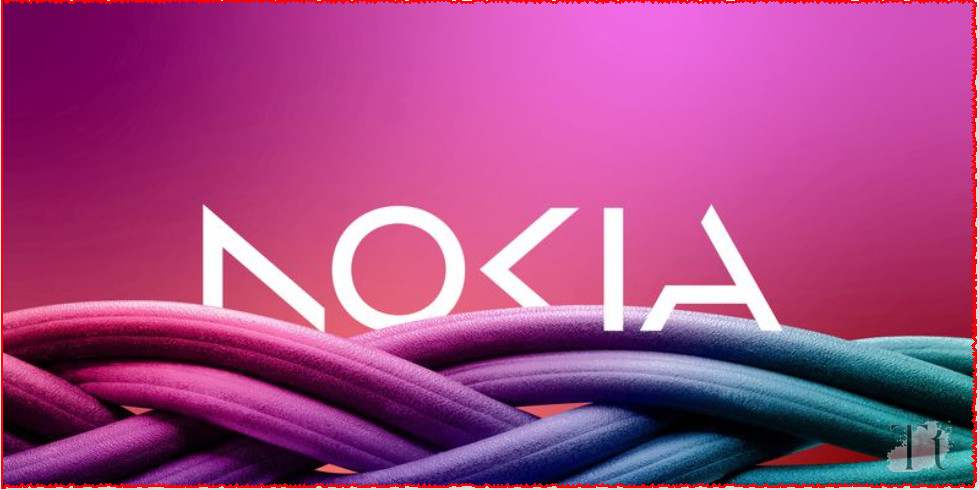To provide a comprehensive analysis, we will delve into various facets of the Nokia’s-Infinera acquisition, exploring the background and strategic motivations, financial implications, market reactions, and future outlook in great detail. We will also consider the broader market and industry context, the potential benefits and challenges for stakeholders, and the strategic fit with Nokia’s long-term vision.
Table of Contents

Introduction to the Acquisition
On June 27, 2024, Nokia Corporation, a global leader in telecommunications infrastructure, announced its plan to acquire Infinera Corporation, a company specializing in optical networking technologies, in a deal valued at $2.3 billion. This acquisition is seen as a strategic move by Nokia to strengthen its presence in the optical network sector, particularly in the North American market, and to enhance its technological capabilities and product portfolio.
Background of the Companies
Nokia Corporation
Nokia, headquartered in Helsinki, Finland, has a rich history dating back to its founding in 1865. Over the years, Nokia has transformed from a conglomerate involved in various industries, including rubber and paper products, to a global telecommunications powerhouse. Known for its innovation and technological leadership, Nokia has played a pivotal role in the evolution of the telecommunications industry.
In the 1990s and early 2000s, Nokia was a dominant player in the mobile phone market. However, with the advent of smartphones and intense competition from new entrants, Nokia shifted its focus towards network infrastructure and services. Today, Nokia is a leading provider of telecommunications equipment and solutions, including 5G cellular antennas, core networks, and cloud services. Its portfolio encompasses mobile, fixed, and cloud networks, catering to telecom operators, enterprises, and governments worldwide.
Infinera Corporation
Infinera, based in San Jose, California, was founded in 2000 and has established itself as a key player in the optical networking industry. Infinera’s products are essential for high-capacity data transport in both fixed line and mobile telecommunications networks. The company’s technological prowess is evidenced by its expertise in coherent digital signal processing (DSP) and photonic integrated circuits (PICs). These technologies are crucial for modern high-speed data networks, enabling efficient and reliable data transmission over long distances.
Infinera’s product offerings include optical transport solutions, metro aggregation systems, and coherent pluggable optics. The company’s innovative approach has garnered a strong customer base, including major telecom operators and internet service providers. Infinera’s U.S.-based manufacturing capabilities further enhance its strategic importance in the optical networking market.
Details of the Acquisition
The acquisition deal values Infinera at $6.65 per share, representing a 26.4% premium over its closing price of $5.26 on the day before the announcement. The total enterprise value of $2.3 billion includes the repurchase of Infinera’s $760 million in convertible notes. The payment structure is designed to provide flexibility to Infinera’s shareholders, with at least 70% of the consideration paid in cash. Infinera shareholders also have the option to receive up to 30% of the aggregate consideration in the form of Nokia’s American Depositary Shares.
Strategic Rationale
Enhancing Optical Networks
The primary strategic rationale behind this acquisition is to enhance Nokia’s optical network capabilities. Optical networks are vital for the high-speed transmission of data over long distances, supporting both telecom operators and internet service providers. As data consumption continues to surge due to the proliferation of video streaming, cloud computing, and Internet of Things (IoT) applications, the demand for robust optical networks is growing exponentially.
By acquiring Infinera, Nokia aims to integrate advanced optical technologies into its product lineup, providing comprehensive solutions for its customers. Infinera’s expertise in coherent DSP and PIC technologies will enable Nokia to offer high-performance optical transport solutions, addressing the increasing bandwidth requirements of modern networks.

Expanding Market Reach
One of the key benefits of this acquisition is the expansion of Nokia’s market reach, especially in North America. Infinera’s strong presence and manufacturing capabilities in the U.S. complement Nokia’s existing operations, potentially opening new business opportunities and customer segments. North America is a critical market for telecommunications infrastructure, with significant investments in network upgrades and 5G deployments.
The acquisition positions Nokia to better serve its North American customers, including major telecom operators and internet service providers. By leveraging Infinera’s established relationships and localized manufacturing capabilities, Nokia can enhance its competitive position and drive growth in this strategically important region.
Technological Synergy
Infinera’s expertise in coherent DSP and PIC technologies is a significant addition to Nokia’s technological arsenal. These technologies are vital for improving the efficiency and capacity of optical networks. Coherent DSP enhances signal processing capabilities, allowing for higher data rates and longer transmission distances. This is particularly important for high-capacity networks, where maintaining signal integrity over long distances is crucial.
PIC technology, on the other hand, integrates multiple optical functions into a single chip, reducing size and power consumption. This integration is key to developing compact and energy-efficient optical transceivers, which are essential for modern data centers and metro networks. By incorporating these advanced technologies, Nokia can offer state-of-the-art optical solutions that meet the evolving needs of its customers.
Financial Implications
Accretive to Earnings
Nokia expects the acquisition to be accretive to its comparable earnings per share (EPS) in the first year post-closing. This means that the deal will positively impact Nokia’s earnings from the outset, contributing to its financial performance. Accretion to EPS indicates that the acquisition is expected to generate additional earnings that exceed the cost of the transaction.
Additionally, Nokia projects that the acquisition will result in over 10% comparable EPS accretion by 2027. This substantial long-term financial benefit underscores the strategic value of the acquisition. By integrating Infinera’s operations and technologies, Nokia aims to achieve significant revenue growth and profitability improvements, enhancing shareholder value.
Cost Synergies and Efficiency Gains
The acquisition is likely to result in significant cost synergies and efficiency gains. By integrating Infinera’s operations with its own, Nokia can optimize manufacturing processes, reduce overhead costs, and leverage economies of scale. These synergies are expected to improve profitability and support Nokia’s goal of achieving double-digit operating margins in the optical networks sector.
Cost synergies may arise from various areas, including procurement, manufacturing, and research and development (R&D). By consolidating supplier relationships and streamlining production, Nokia can achieve cost savings and improve operational efficiency. Moreover, the combined R&D capabilities of Nokia and Infinera will facilitate innovation and accelerate the development of new optical solutions.
Market Reactions and Analyst Opinions
The announcement of the acquisition had an immediate impact on the stock market. Infinera’s shares surged nearly 22% following the news, reflecting investor optimism about the deal’s potential benefits. However, analysts at Stifel downgraded Infinera’s shares to Hold and adjusted the price target to $6.65, aligning with the acquisition offer.
Analyst Commentary
Analysts have highlighted several positive aspects of the acquisition. They noted that the deal adds significant scale to Nokia’s core optical systems business and brings valuable technological expertise in coherent DSP and PIC technologies. Moreover, the acquisition includes U.S.-based manufacturing, testing, and packaging capabilities, which are strategic assets for Nokia’s North American expansion.
The analysts also emphasized the potential for Nokia to achieve its financial targets through the integration of Infinera’s operations. The acquisition is expected to enhance Nokia’s competitive position in the optical networking market, driving growth and profitability. However, analysts also pointed out the challenges of integrating two companies with distinct corporate cultures and operational processes.
Industry Challenges
Despite the positive outlook, analysts also pointed out ongoing industry challenges in the telecom vertical. These challenges include intense competition, pricing pressures, and the need for continuous technological innovation. The telecom industry is characterized by rapid technological advancements and evolving customer demands, necessitating constant innovation and adaptation.
While Infinera was executing well on its new product strategy, the acquisition by Nokia is seen as a way to navigate these challenges more effectively through combined resources and capabilities. By leveraging the strengths of both companies, Nokia aims to address industry challenges and deliver innovative solutions that meet the evolving needs of its customers.
Broader Market Implications
Impact on Competitors
The acquisition is likely to have significant implications for competitors in the optical networking space. Companies such as Ciena, Huawei, and Cisco may face increased competition from the newly combined Nokia-Infinera entity. The enhanced product portfolio and expanded market reach of Nokia could pressure competitors to innovate and adapt to maintain their market positions.
Ciena, for instance, is a leading provider of optical networking solutions and may face intensified competition from Nokia’s expanded capabilities. Huawei, despite facing geopolitical challenges, remains a formidable competitor in the global telecommunications market. Cisco, known for its networking hardware and software, will also need to navigate the competitive landscape shaped by Nokia’s strategic acquisition.

Customer Benefits
Telecom operators and internet service providers, the primary customers for optical networking solutions, are expected to benefit from the acquisition. The combined strengths of Nokia and Infinera will likely result in more advanced and cost-effective solutions, improving network performance and reducing operational costs for customers.
Customers can expect enhanced product offerings that leverage the latest optical technologies, providing higher data rates, improved network reliability, and reduced power consumption. Additionally, Nokia’s expanded market presence and localized manufacturing capabilities will enable it to better meet customer demands and deliver tailored solutions.
Strategic Fit with Nokia’s Vision
Focus on Core Areas
The acquisition aligns with Nokia’s strategic focus on core areas of network infrastructure, particularly fixed networks, internet-protocol (IP) networks, and optical networks. By divesting its submarine networks and concentrating on these key segments, Nokia aims to strengthen its market position and drive growth in high-potential areas.
Nokia’s strategic vision is centered on delivering end-to-end network solutions that support the digital transformation of industries and societies. The acquisition of Infinera enhances Nokia’s ability to provide.
Read more about Kalki 2898 AD: Stunning visuals, gripping storylinea

